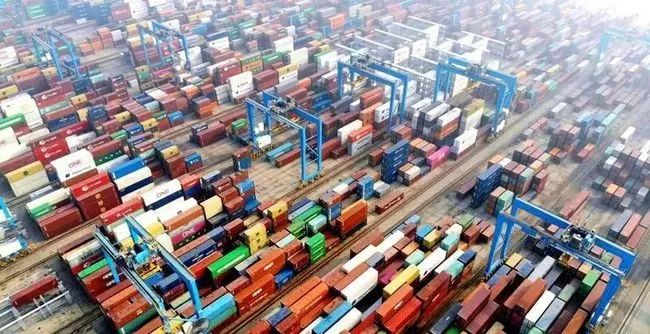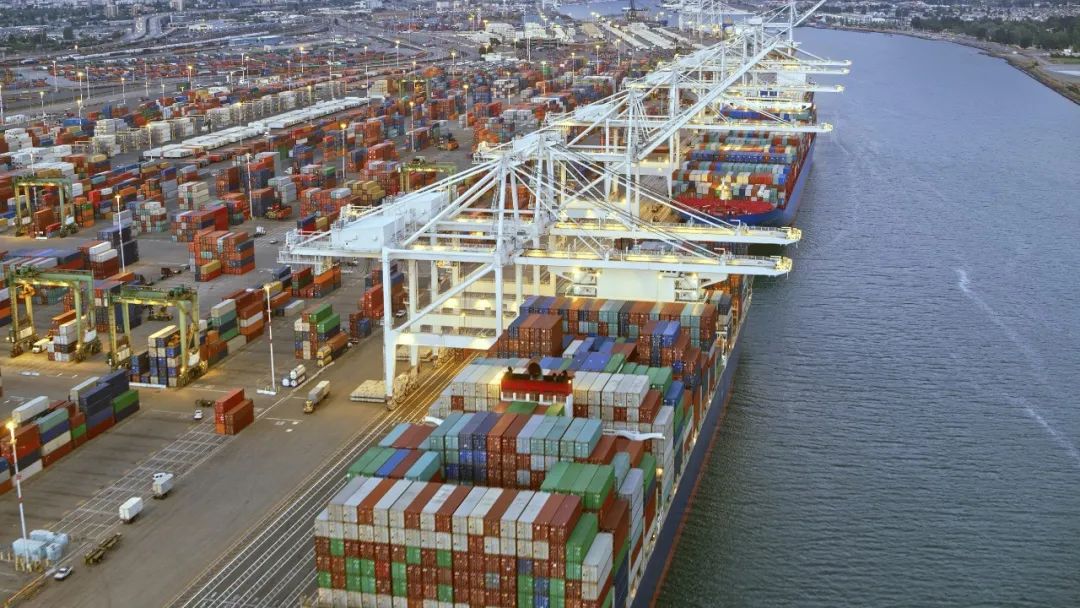The shipping industry seems to have reached the turning point of the boom and bust after a 2-year long "super peak season", with spot freight prices on popular routes falling recently. The reason is that, on the one hand, the domestic export orders have decreased year-on-year; on the other hand, the supply chain of the container shipping market is gradually recovering, and the super cycle brought about by the structural mismatch between supply and demand may be coming to an end, and the previous crazy scene of "grabbing space and grabbing boxes" has ended.

Shanghai Shipping Exchange data show that on July 8, the China Export Container Freight Index (CCFI) was 3232.18 points, down 1.2% from the previous period (July 1), with prices falling on all popular routes. Among them, the European routes than the previous period fell 2%, European line prices since February fell 14%; U.S. West routes than the previous period fell 2.5%, the U.S. East routes than the previous period fell 1.7%.
Does this mean that the container shipping industry's "turning point" has come? In this regard, "Securities Daily" quoted Sullivan Greater China executive director to the analysis of Willie said, CCFI on the whole is still stable, and with the domestic epidemic prevention and control situation to the good, the relevant commodity transport demand recovery, coupled with the uncertainty of the United States port supply and commodity demand, shipping prices are expected to remain high in the short term.
From this year's perspective, the overall freight rates in the consolidation market remain at relatively high levels. The increased inflation in the US may affect the daily consumption habits of residents, bringing about changes in the demand and supply of commodities. At the same time, consumers' shopping methods are gradually changing, with more people turning to online platforms, and the expansion of cross-border e-commerce scale is likely to further drive the growth of demand in the consolidation market.
The latest edition of the World Container Composite Index (WCI) released by Drewry, an international shipping research and consultancy firm, shows that spot freight rates from Shanghai to Los Angeles fell by 4% or US$300 to US$7,652/FEU, down 16% from the same period in 2021; while spot freight rates from Shanghai to New York fell by 2% to US$10,154/FEU, down 13%. This is a cut in price compared to last year when ocean freight prices on the US route had been speculated at a high of US$20,000.
Throughout the first half of 2022, Shanghai to Europe and the United States container freight prices show a negative decline, and there has even been a spot freight price falling below the LTA price. Market rumours are that shippers have already offered to renegotiate LTA rates.
Many LTA prices were signed at the end of last year and the beginning of this year, when the market was hot and freight prices were high, such as last year, the highest price of sea freight on the U.S. route had speculated to $20,000 / FEU, but is now about to fall below $7,000 / FEU, the European route is also expected to fall below $10,000 / FEU, which is already lower than some shippers signed before the LTA price.
For the container shipping price shock fall, the Founder Futures report proposed that "global inflation is high, European and American central banks have accelerated the pace of monetary tightening, and the marginal growth of demand has slowed sharply, even ringgit. Many countries around the world from January to gradually release the epidemic completely control measures, ship quasi-class rate and turnover efficiency rebounded, in the cabin supply increased and demand growth rate slowed significantly, freight prices continued to fall".

In the face of falling shipping prices, the international shipping giants began to "withdraw ships" to reduce effective capacity and maintain stable shipping prices. At present, the head of the industry is obvious, which has a certain stabilizing effect on freight prices. Three major shipping alliances (2M Alliance, Ocean Alliance, THE Alliance) currently occupy more than 80% of the market share, can effectively control the supply of capacity to respond to changes in the demand side. Short-term shipping prices are more likely to continue to fluctuate at a high level, but may stabilise at a reasonable price in the medium to long term.
版权所有©2019CNS INTERTRANS(SHENZHEN) CO. Ltd| 版权所有 粤ICP备12005868号
Hello, please leave your name and email here before chat online so that we won't miss your message and contact you smoothly.